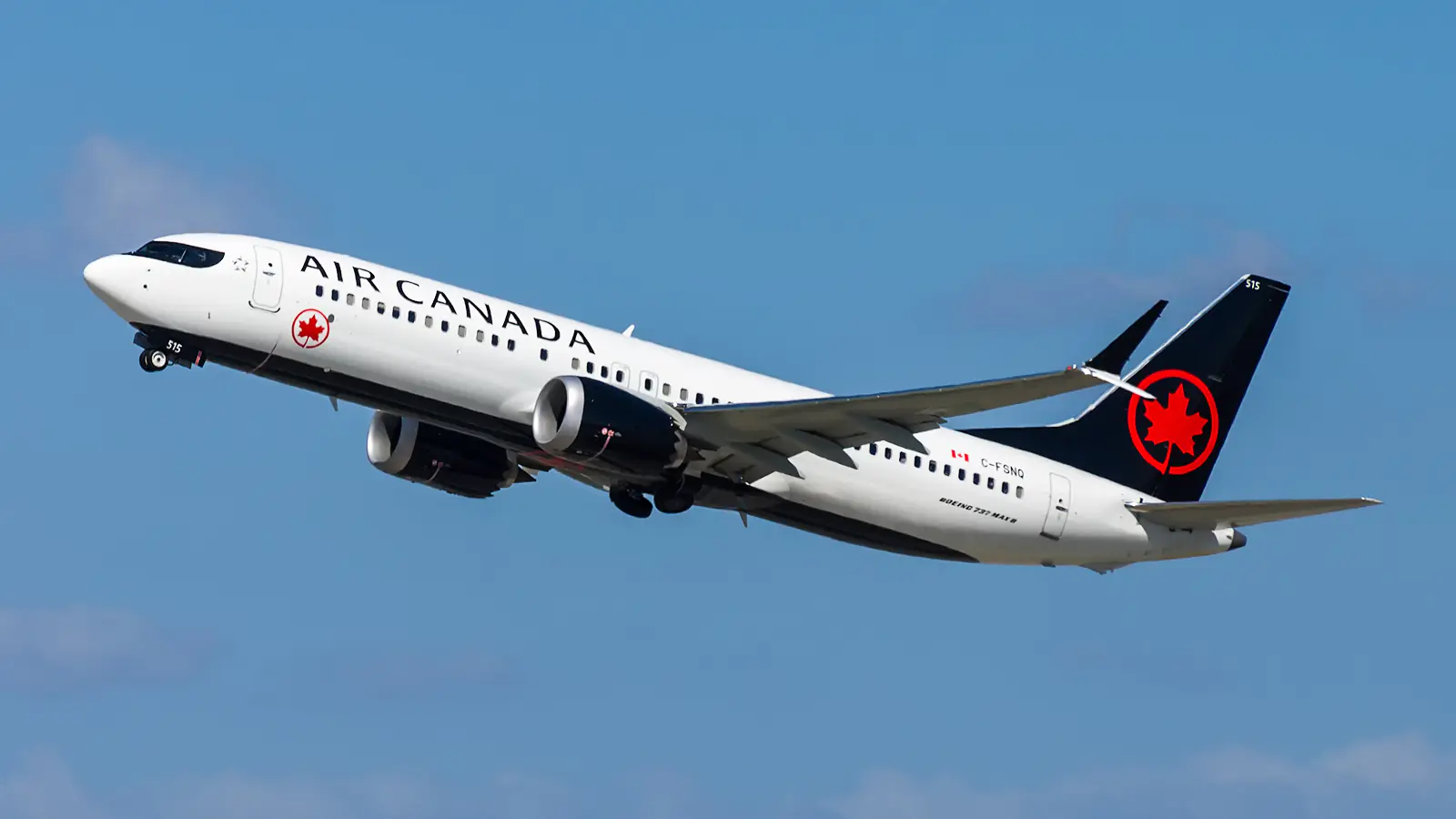Air Canada has reported a significant decline in its second-quarter profits, despite a slight increase in revenue. The airline continues to face challenges in its post-pandemic recovery, including rising operational costs and intense competition in the international market.
Key Takeaways
- Air Canada’s Q2 profit fell by 51% year-over-year to $410 million.
- Revenue increased by 2% to $5.52 billion, driven by higher capacity and strong demand for international flights.
- Operating expenses rose by 9%, primarily due to higher jet fuel and labor costs.
- The airline plans to increase flight capacity by 4-4.5% in Q3 2024.
Financial Performance
Air Canada’s net income for the second quarter of 2024 fell to $410 million, a 51% decrease from the same period last year. This decline occurred despite a 2% increase in revenue, which reached $5.52 billion. The drop in profit is attributed to a decrease in revenue-per-seat figures and a 9% rise in operating expenses, including higher costs for jet fuel and labor.
Operational Challenges
The airline is still struggling to return to its pre-pandemic scale. As of June 30, 2024, Air Canada’s fleet consisted of 356 planes, down from 400 in the second quarter of 2019. The company has also faced challenges in filling its planes, partly due to intense competition in international markets.
Strategic Adjustments
To counter these challenges, Air Canada plans to increase its flight capacity by 4-4.5% in the third quarter of 2024. The airline has also shifted its focus from transatlantic routes to Asia, where it has ramped up flight volumes by a third. New routes, such as Toronto to Seoul and Montreal to Osaka, have performed well.
Future Outlook
Despite the current challenges, Air Canada remains optimistic about its future. The airline has secured leases on eight Boeing 737 Max 8s, which are expected to join the fleet next summer. Additionally, premium products like business cabin and premium economy fares have shown strong growth, particularly in Canada-U.S. travel.
Conclusion
Air Canada’s second-quarter results highlight the ongoing challenges the airline faces in its post-pandemic recovery. While the company has made strategic adjustments to improve its performance, rising operational costs and intense competition continue to pose significant hurdles. The airline’s plans to increase flight capacity and expand its fleet indicate a measured approach to overcoming these challenges.


